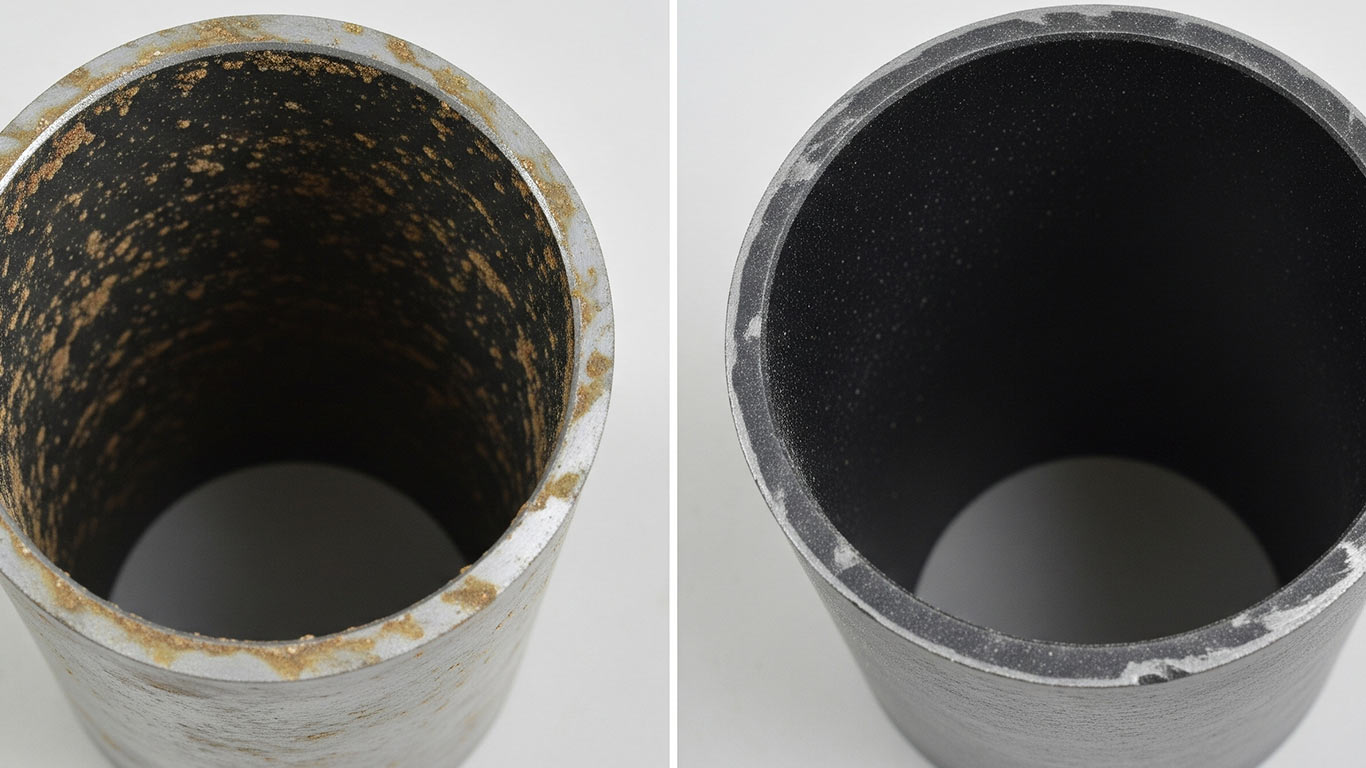
FDA
FDA 21 CFR 1040.10 - Laser Product Performance Standards



For laser cleaning epoxy resin composites, begin by tuning the power to capitalize on their heat resistance and toughness, allowing thorough contaminant removal without surface harm while preserving structural integrity for aerospace components
You can see the epoxy resin composite surface covered in scattered dirt particles that cling tightly to its rough texture. Tiny cracks and uneven spots dot the area, making the whole thing look cluttered and worn from contamination. Debris buildup hides the material's true form beneath a hazy layer of grime.
After laser treatment, the surface appears smooth and even, with no traces of those clinging particles left behind. Clear fibers emerge sharply, showing a uniform shine across the cleaned area. The texture now feels

FDA 21 CFR 1040.10 - Laser Product Performance Standards

ANSI Z136.1 - Safe Use of Lasers

IEC 60825 - Safety of Laser Products

OSHA 29 CFR 1926.95 - Personal Protective Equipment
License: Creative Commons BY 4.0 • Free to use with attribution •Learn more